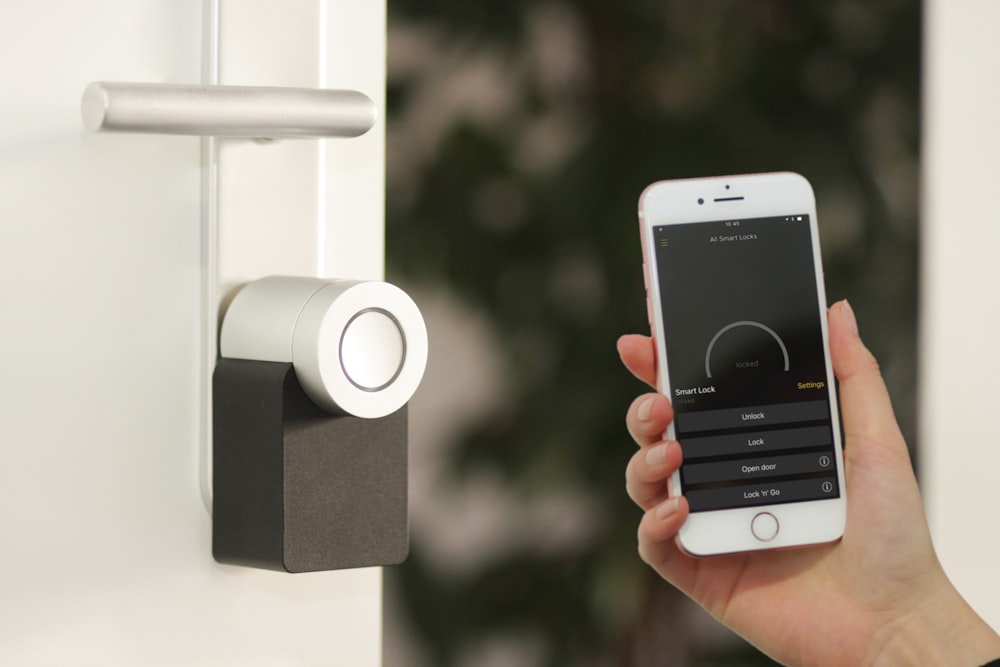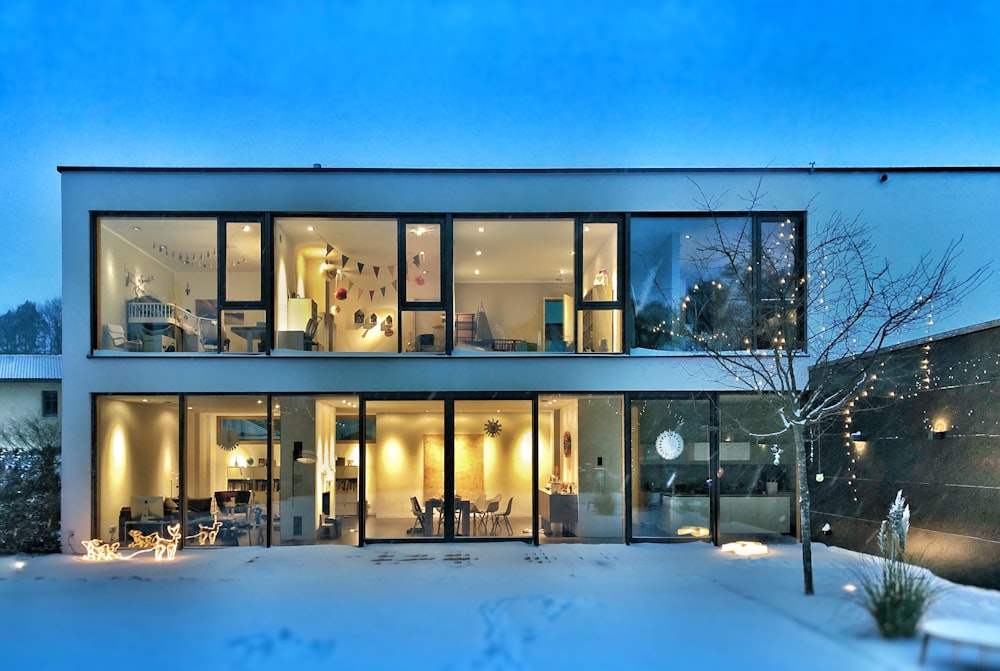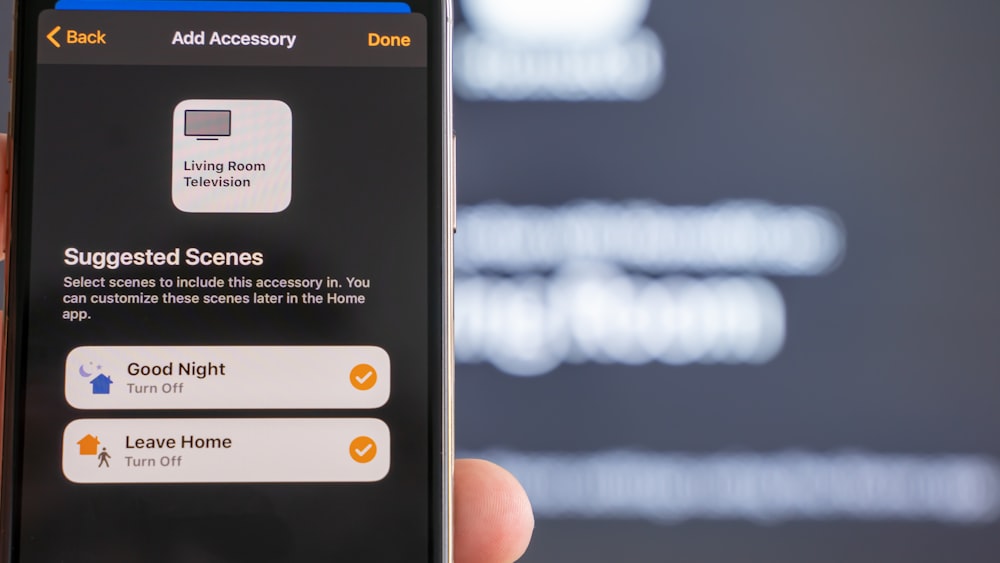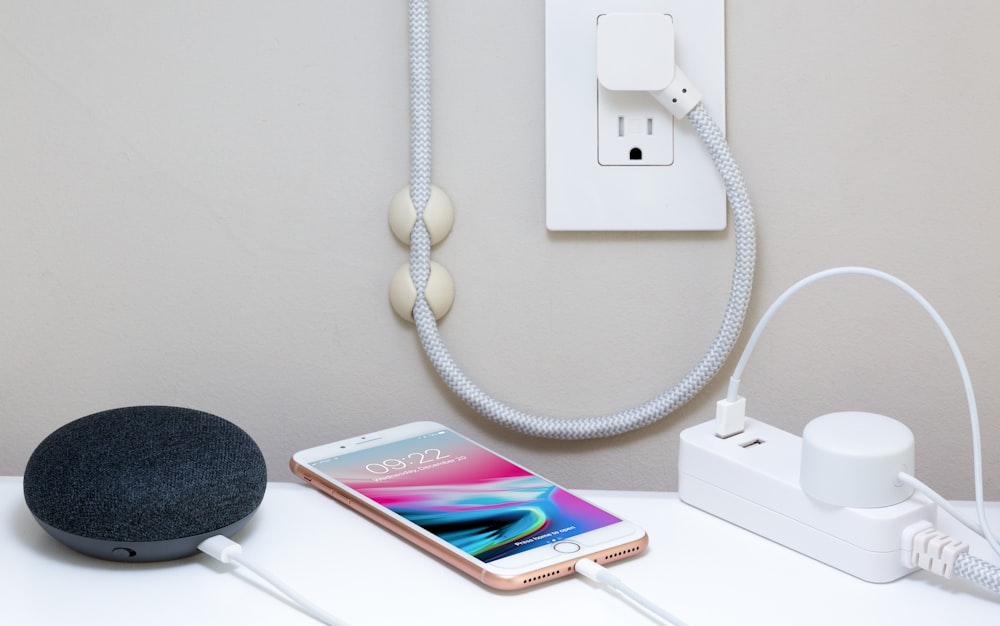Have you ever had a digital experience that underscored the connection between humans and technology? For us, property technology (or PropTech) immediately comes to mind.
If, in addition to streamlined technological experiences, you are also looking to assert more control over your life, transitioning to a smart home makes sense.
Property Technology (which is the key piece of a properly equipped smart home) facilitates the management of devices from one single point; this offers enormous convenience.
With the rapid advance of technology, people are becoming more and more in tune with the benefits it offers. It is important to know what features to look for in smart technology.
What is a Smart Home?
A smart home is a technologically outfitted space that comes with convenience, improved functionality, energy efficiency, increased security, and various home management insights. These tech-savvy residences help you leap into a more technology-integrated future.
As the statistics bear out, a smart apartment is a lucrative proposition for both renters and landlords. Tenants get access to modern technology and amenities that makes living both safe and comfortable. On the other hand, a property owner enjoys the perks of attracting higher rent by delivering what they want directly to them. Here is how landlords can leverage the perks of building smart apartments:
- Smart locks that enable the residents to remotely lock and unlock the door. It allows monitoring of door status and activity history. Moreover, it also shows notifications about lock activity.
- Smart thermostats that help control comfort settings and save energy through automation
- Smart lights and outlets for more convenience
- Reducing energy costs and monitoring activity regarding wastage
- Quick resolution of tenant problems, helping property owners run better multi-family communities
Features to Look for in Property Technology
Property technology includes ease and accessibility touchpoints that create an opportunity for forward-thinking house owners to better position themselves in the market while also benefiting tenants.
Key Features to Include
Smart locks/keyless entry
For longevity and enhanced functionality, look into investing in smart door locks.
These devices really help you structure your day more efficiently. If you have dog walkers or other help coming to your residence, the keyless entry that smart locks provide become essential. You can send your visitors a temporary access code and manage it through the app. Or, if you lose your keys accidentally, you can get in with a keyless entry code.
Smart security systems
When vetting a smart security system, make sure that it enables security and safety alerts anytime, anywhere. An on-the-go security system is critical when you are away from home. It will enable security alerts on all your devices—all you need to do is customize them according to your needs.
Smart water leak detectors
A smart water leak detector is a must when you want to guard against potential water damage. This smart device enables real-time alerts regarding any surprise water leaks to ensure security and minimize expenses.
Smart smoke detectors
Smart smoke detectors are another essential feature of smart homes that keep your home safe. Smart smoke detectors alert you whenever anything catches fire and sends you notification alerts on your mobile device when you are not at home. You may even get audio alert and helpful voice instructions in certain instances.
Resident mobile app
If you are on-board with moving into a smart apartment, using a resident mobile makes perfect sense. With it, you get a single platform to access every alert that takes place within your home. A resident mobile app communicates the overall status of your home security through alert notifications while also providing you with any recommended actions.
Why Choose Property Technology?
PropTech is one of the hottest trends in the real estate industry—more than a trend, because with the way that boosts the standard of living, we are sure that it is here to stay. Consider the following information, which supports this claim.
Cost savings
Property technology is focused on saving people money. While property managers/ owners used to hire agents to help them fill vacancies, potential tenants now get to view units on their own without the high-pressure sales, thanks to keyless entry that enables self-guided touring.
Time savings
Effective time management is another perk that PropTech gives its investors. From streamlining your amenities to tracking utilization and keyless entries to usage monitoring, it is helping people operate more remotely while also saving them time.
Ensuring Data Security Through Property Technology
Smart home systems access your data through the internet of things (IoT) devices. So how can you ensure data security for you and your tenants?
When you are in a smart home, you require multiple levels of control. Because of this, smart home systems rely on cloud-based solutions to minimize risk; these protocols lock third parties away from your data.
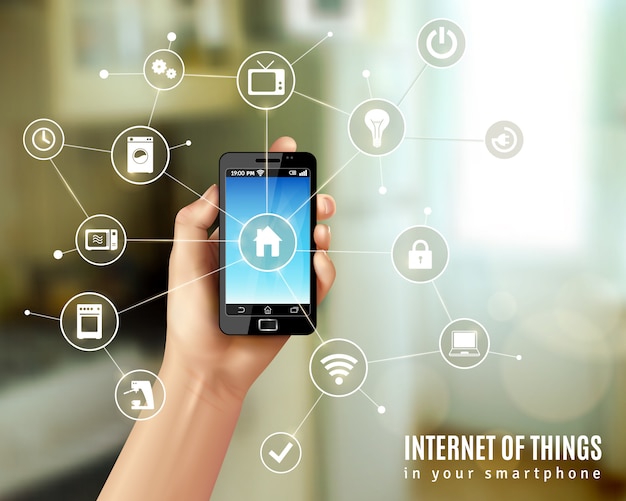
Let’s have a look at your various connectivity options:
Wi-Fi Direct
This is a peer-to-peer wireless technology that enables connectivity on multiple devices. It allows you to transfer data from one device to the other at a faster speed. When it comes to establishing a direct connection, Wi-Fi Direct does not require an access point. However, one negative is that it does result in relatively high power consumption.
Z-wave
Z-Wave is a proprietary wireless technology that operates at 908 MHz. It has a lower carrier frequency, increased range, and reduced interference. The frequency bands used are less crowded, supporting smaller mesh networks. One downside is the lower data transmission speed (which is almost 10x slower than Bluetooth LE).
Zigbee
Zigbee is another networking technology for short-range networks and is applicable to smart homes. It uses a 2.4 GHz carrier frequency and consumes little power. A Zigbee mesh network can support 65,000 devices, which is twice as many as Bluetooth LE. It is primarily used for home automation such as smart lighting, smart thermostats, and home energy monitoring.
Bluetooth
Bluetooth is a peer-to-peer wireless technology that establishes a connection between your phone and the speaker. It has a short operating range with low power (as compared to Wi-Fi direct). However, it still uses a higher amount of power than other mesh networks like Zigbee.
NFC
NFC or Near Field Communication uses electromagnetic fields shared between two coils. This technology is different from others, which emit radio waves. NFC operating range is only around an inch, which is generally used for contactless payments. While its extremely short operating range eliminates chances of hacking during money transactions, this type of connection is not compatible with smart home technology. .
Final Word
With smart technology/PropTech transitioning to the residential space, tenants are taking notice. In fact, they are now demanding the security and convenience that it offers them. Arize provides you with an all-in-one smart apartment system that enables you to effectively optimize your property’s profitability and efficiency. We also help you with smart utility management and perform 100% of the installation.

